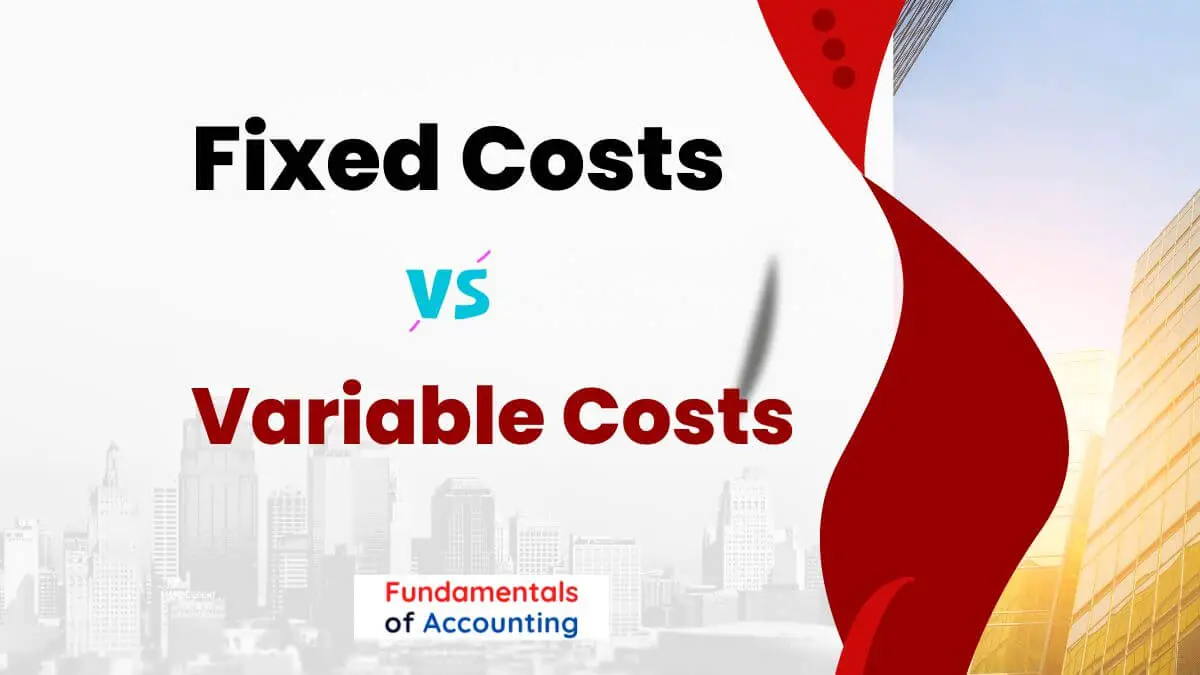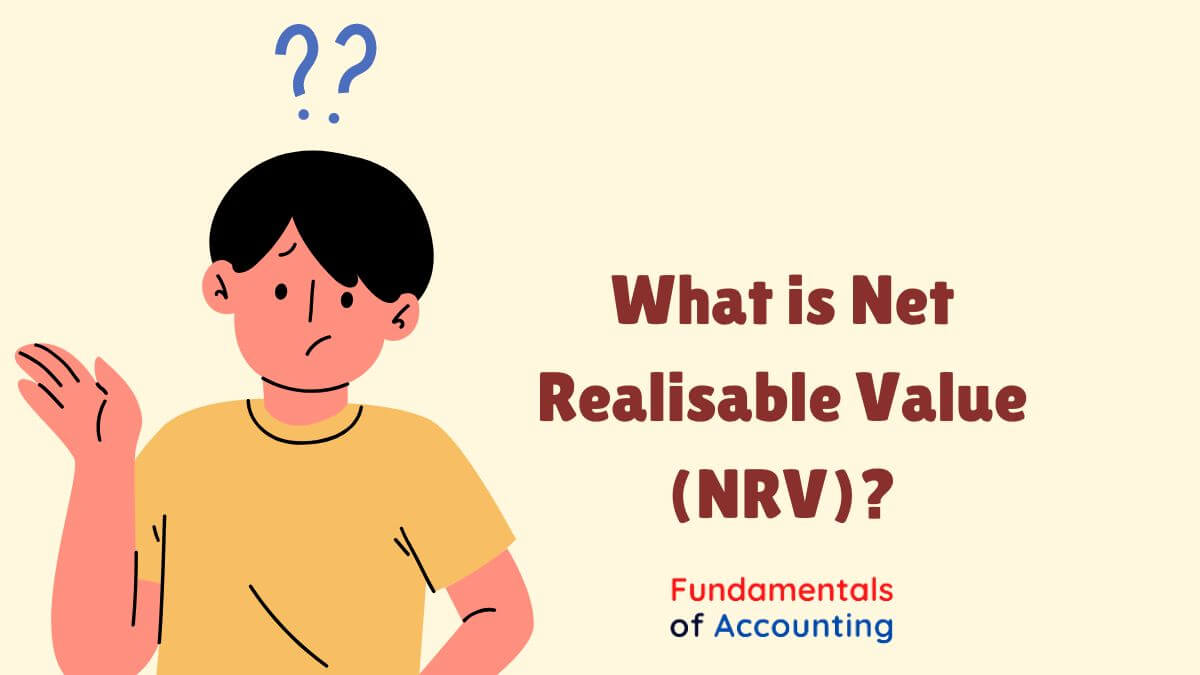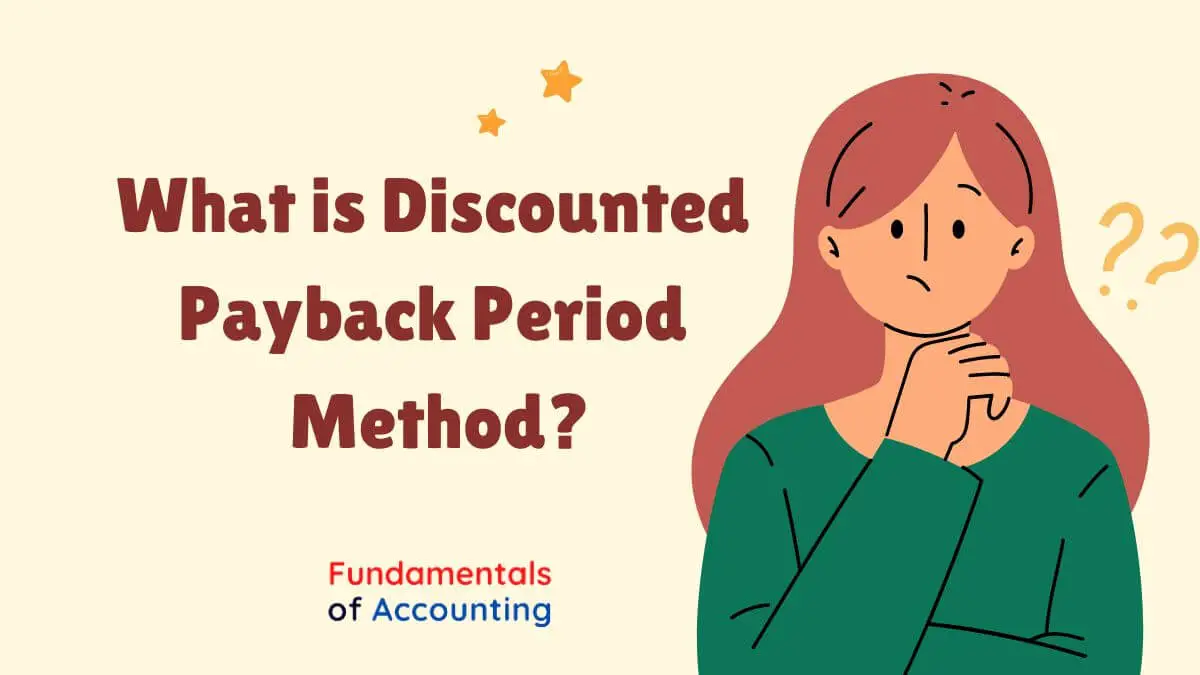Difference Between Secured and Unsecured Loans

Loans are an essential type of fund for most business organisations. Businesses of all natures and sizes take loans to meet the financial needs of the organisation. There are two types of loans, secured loans and unsecured loans. But what is the difference between secured and unsecured loans? The objective of this post is to […]
The main difference between fixed and variable costs?

In business finance and accounting, it is critical to know the distinction between fixed costs and variable costs to make effective budgets, pricing decisions, and financial choices. Fixed costs, for example, rent and wages, do not change with production levels, whereas variable costs, for instance, raw materials and transportation, vary according to business activity. Understanding […]
What is Net Realisable Value (NRV)?

Net Realisable Value is the value of a product after subtracting the expected costs of production, transaction costs and taxes related to the sale of the item. Net realisable value is usually used in measuring the value of inventory assets following a depreciation in value. Net Realisable Value (NRV) is a vital accounting concept used […]
What is Discounted Payback Period Method?

The discounted payback period method is a tool for investment appraisal that is used to determine how long it will take to recoup the project’s initial investment. It is a variant of the payback period method, which determines how long it will take to recoup the project’s initial investment without taking the time value of […]
What is a Suspense Account in Financial Accounting?

A suspense account is a general ledger account that consists of certain transactions that cannot be immediately categorised under correct accounts. The correctness of ledger accounts is not always demonstrated by a trial balance. It is just a demonstration of the postings’ mathematical correctness. There may be inaccuracies even though the sum of the credits […]
What is an Adjusted Trial Balance?

After adjusting entries are posted to the ledger and adjusting entries are recorded, an adjusted trial balance is compiled. This is the second trial balance prepared during the accounting cycle. Its purpose is to verify the equality of debits and credits following the entry of adjusting entries into the company’s books. The adjusted trial balance […]
What is Petty Cash in Accounting? Meaning and Purpose

Every business, regardless of size, has various expenses that need to be covered daily. These expenses are often small and frequently occur, such as office supplies, refreshments, or minor repairs. Petty cash is an accounting method used by businesses to manage these small or petty expenses, typically less than $100. In this blog post, we […]
What is Credit Risk?

Credit risk is a term used to describe the potential financial loss a lender may experience when a borrower fails to repay a loan or credit. In other words, it is the risk of default on a loan or the risk of loss of principal or interest. Credit risk is a significant concern for banks, […]
What is Business Entity Concept?

The business entity concept is a fundamental accounting principle that defines a business as a separate economic entity from its owners. This principle is crucial for accurately recording financial transactions and understanding a business’s financial performance. Accordingly, there are differences in transactions made as business as a person and the owner as a person. The […]
The Impact of Inventory Control on Business Profitability

Efficient inventory control is key to keeping a profitable and smooth-running business. Strategic stock levels management prevents businesses from wastage, lowering holding costs, and avoiding stockouts that end in lost sales. In contrast, inefficient inventory control can bring overstocking, higher storage costs, and cash flow issues. Proper use of inventory control practices can optimize businesses’ […]
